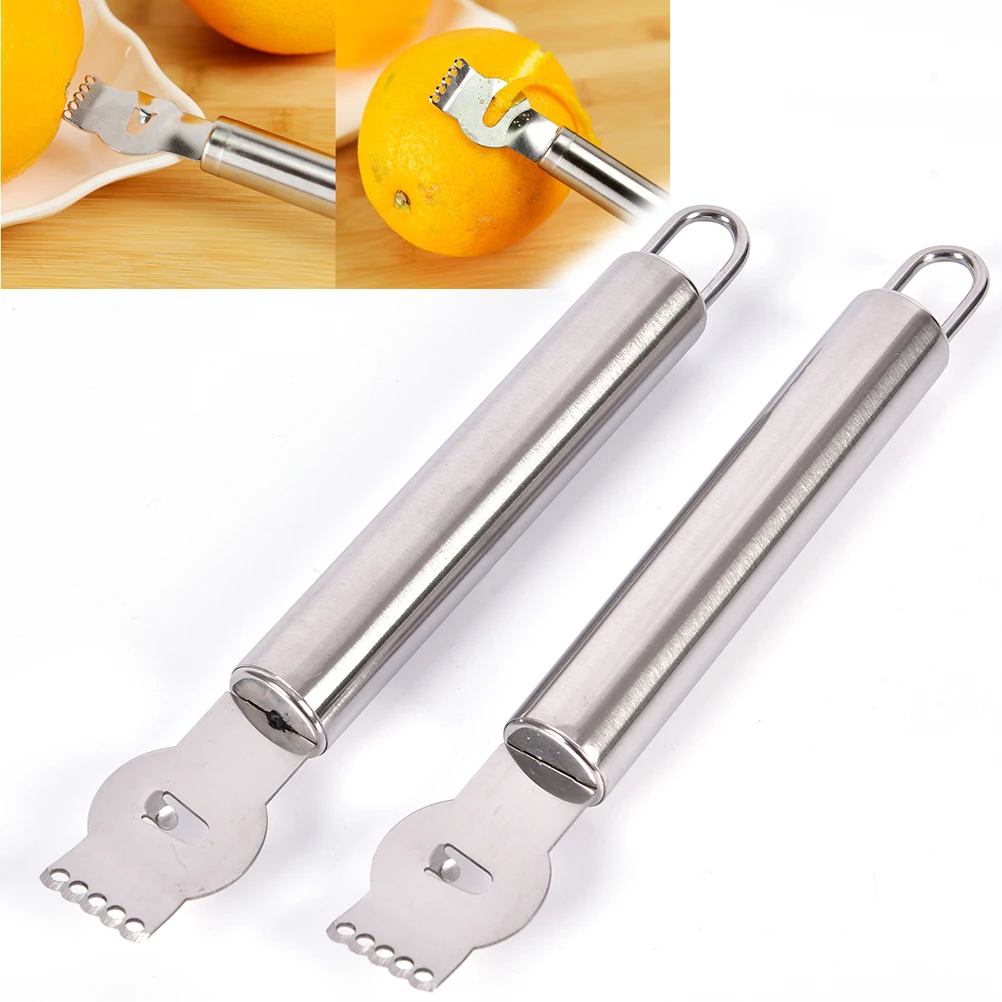

You’ll see the curved, half-moon segments of fruit on the inside. This is opposite of the way we cut a fruit for citrus wheels. Both methods require a little trimming of the ends.įor the first wedge method, hold the fruit vertically and cut through the middle, from one pole to the other. Wedge style number one exposes the smooth interior sections of the fruit, rather than the triangular segments separated by pith in style number two. Both methods will yield about the same number of wedges, so it all comes down to which look you prefer. The first method is the most common, the second makes for a fancier-looking wedge.


A wedge lets the drinker squeeze a little of that crisp lime or lemon flavor into their drink, customizing the level of acidity. Citrus wedges, two waysĬitrus wedges are very common garnishes in drinks like Margaritas or Gin and Tonics. Place the slice slit-side down onto the rim of the glass. To secure a slice on the edge of your glass, cut a slit into the flesh side of the slice, being careful not to cut all the way through to the peel. These garnishes are easy to sit on the rim of a glass and they don’t get in the way of sipping. Simply cut each wheel in half and you’ll have two slices!Ĭitrus slices add a bit of juicy citrus flavor to your drink but in a smaller package than a wheel.
Bartender orange peeler how to#
Citrus slicesĪ citrus slice is incredibly simple to master once you know how to cut a wheel. Now place the wheel slit-side down onto the edge of the glass. Be careful not to cut it all the way through to the other side. To sit a citrus wheel on the rim of a glass, cut a slit from one edge of the wheel into its center. An average-sized orange will yield about 6-8 perfectly shaped wheels and a few small ones from each end that are less attractive. Now, hold each half by its end and cut them into several sections, each about ¼” thick. You’ll now have two halves, each exposing the circular, wheel-like shape of the interior of the fruit. To cut a citrus wheel, hold the fruit by one end (the base or the top) and slice straight through the middle of the fruit. Wheels add aroma from the oils in the peel and a bit of juicy flavor from the flesh of the fruit. The citrus wheel is the simplest to cut and it always looks beautiful in a glass or placed on the rim. Learn more about how flavors balance each other in my discussion of the 8 tastes! There are four primary citrus garnishes and we’ll walk through how to cut and use each. Citrus fruits add zesty, bright aromas and flavors which can enhance the overall freshness of a drink as well as increase the perception of sweetness. The most common cocktail garnishes use fresh citrus like lemons, limes, or oranges. If your knife skills are lacking or you’re accident prone, get yourself a peeler! They’re inexpensive and well worth the smooth, thin, evenly cut peels. I have gone through a ton of vegetable peelers over the years and my top choices that are good quality, sharp, and economical are the Kuhn Rikon Original Swiss Peelers and the Honsen Ultra Sharp Stainless Steel Peeler (pictured above).Ī Y-shaped vegetable peeler makes quick work of peeling citrus fruits and it’s a lot less dangerous than using a knife. Use a pair of sharp kitchen shears to quickly remove rough edges and cut the peel into a nicely defined rectangle or other shape. When making citrus peel garnishes, it can be easier to manipulate the shape of the peel when trimming it with scissors (rather than a knife). I highly recommend investing once in quality tools, rather than having to keep buying new, cheap tools over and over again. These tools were gifted to me and they’ve become my top picks over time because they’re super sharp and great quality. I use The Almost 4” Knife and The Good Shears from Material Kitchen (pictured above). Learn more in about the Essential Tools for Home Bartenders. This is the only crucial tool for making cocktail garnishes, but you can make things a lot easier by adding a pair of kitchen scissors and a Y-shaped vegetable peeler to your arsenal. To make garnishes, you’ll need a nice sharp paring knife. Don’t skip the garnish, it will greatly improve your homemade craft cocktails.įor more about garnishes and the role they play in the cocktail drinking experience, visit my Art of the Cocktail Garnish. Some cocktails taste very different without the garnish (like a classic Mai Tai without mint, or an Old Fashioned without an orange twist). While all garnishes add some visual appeal, many also add flavor or aroma to the drink. What is a garnish?Ī cocktail garnish has two roles: decoration and flavor enhancement. From cutting citrus into beautiful wheels and wedges to skewering berries, cherries, and olives, you’ll learn how to master all of the basic cocktail garnishes in this guide. The garnish is an important (and fun!) part of the cocktail making and drinking experience.


 0 kommentar(er)
0 kommentar(er)
